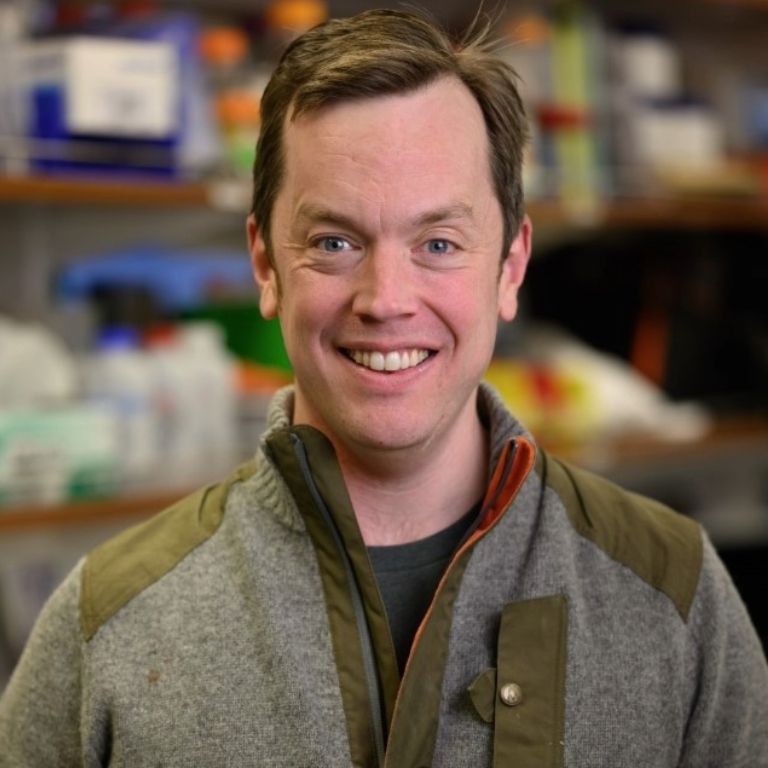Profile
Dr. Brian Zeglis got his BA from Yale University and a PhD from the California Institute of Technology. He did his postdoc at the Memorial Sloan Kettering Cancer Center.

Professor Brian Zeglis in the Department of Chemistry teaches courses in inorganic chemistry. His research focus is biochemistry, organic chemistry, inorganic chemistry and radiochemistry.
See Contact DetailsThe research in the Zeglis Laboratory focuses on the design, synthesis, preclinical validation, and clinical translation of novel pharmaceuticals for the imaging and therapy of disease, particularly cancer. We are particularly interested in work at the intersection of molecular imaging and bioorthogonal chemistry. It is important to us that we note that in most — if not all — of our work, the members of the Zeglis Laboratory work closely with our good friends and collaborators in the Department of Radiology at Memorial Sloan Kettering Cancer Center. A few of our research directions include …
1. The Development of In Vivo Pretargeting Strategies for the Imaging and Therapy of Cancer
Over the past few years, we have been at the forefront of the development of the bioorthogonal inverse electron demand Diels-Alder reaction as a tool for radiopharmaceutical chemistry. In a series of manuscripts from 2013 to the present, we have detailed the development of an in vivo pretargeting strategy based on the rapid and selective reaction between trans-cyclooctene (TCO) and tetrazine (Tz). This approach selectively and specifically delivers radioactivity to tumor tissue while significantly reducing the overall radiation burden to the patient, facilitating a safer alternative to traditional immunoPET and radioimmunotherapy.
The Creation of Site-Specifically Labeled Immunoconjugates for Imaging and Therapy
Recent years have played witness to an incredible surge in the use of immunoconjugates for the diagnosis and therapy of cancer. Yet these tools to enable precision medicine are themselves synthesized in a surprisingly imprecise way: the indiscriminate coupling of cargoes to the lysines of the immunoglobulin. In recent years, we have pioneered two different approaches to the site-specific bioconjugation of antibodies: one based on the chemoenzymatic manipulation of the heavy chain glycans and another predicated on the reaction between thiols and payloads bearing phenyloxadiazole methyl sulfone moieties.
The Development of Optical Imaging Agents for the Diagnosis and Intraoperative Imaging of Disease
While agents bearing diagnostic and therapeutic radionuclides certainly form the core of our laboratory’s research, we also plan to branch out into the burgeoning field of optical imaging probes as well. These agents — most often labeled with fluorophores that emit near-infrared light — have the potential to be extraordinarily valuable clinical tools. While optical imaging agents no doubt have some limitations, they emit no ionizing radiation and thus are extremely attractive for diagnostic procedures as well as intraoperative applications.
Exploring the Interplay Between Radioimmunoconjugates and the Immune System
While antibodies have proven immensely effective for the delivery of diagnostic and therapeutic radionuclides to target tissues, it is important to remember that these biomolecules can interact with the body’s endogeneous immune machinery. Our laboratory has recently begun exploring the complex interplay between radioimmunoconjugates and the proteins of the immune system, specifically Fc receptors. Along these lines, we are particularly interested in developing ways to modify antibodies to attenuate these interactions and thus improve the in vivo performance of the radioimmunoconjugates.
